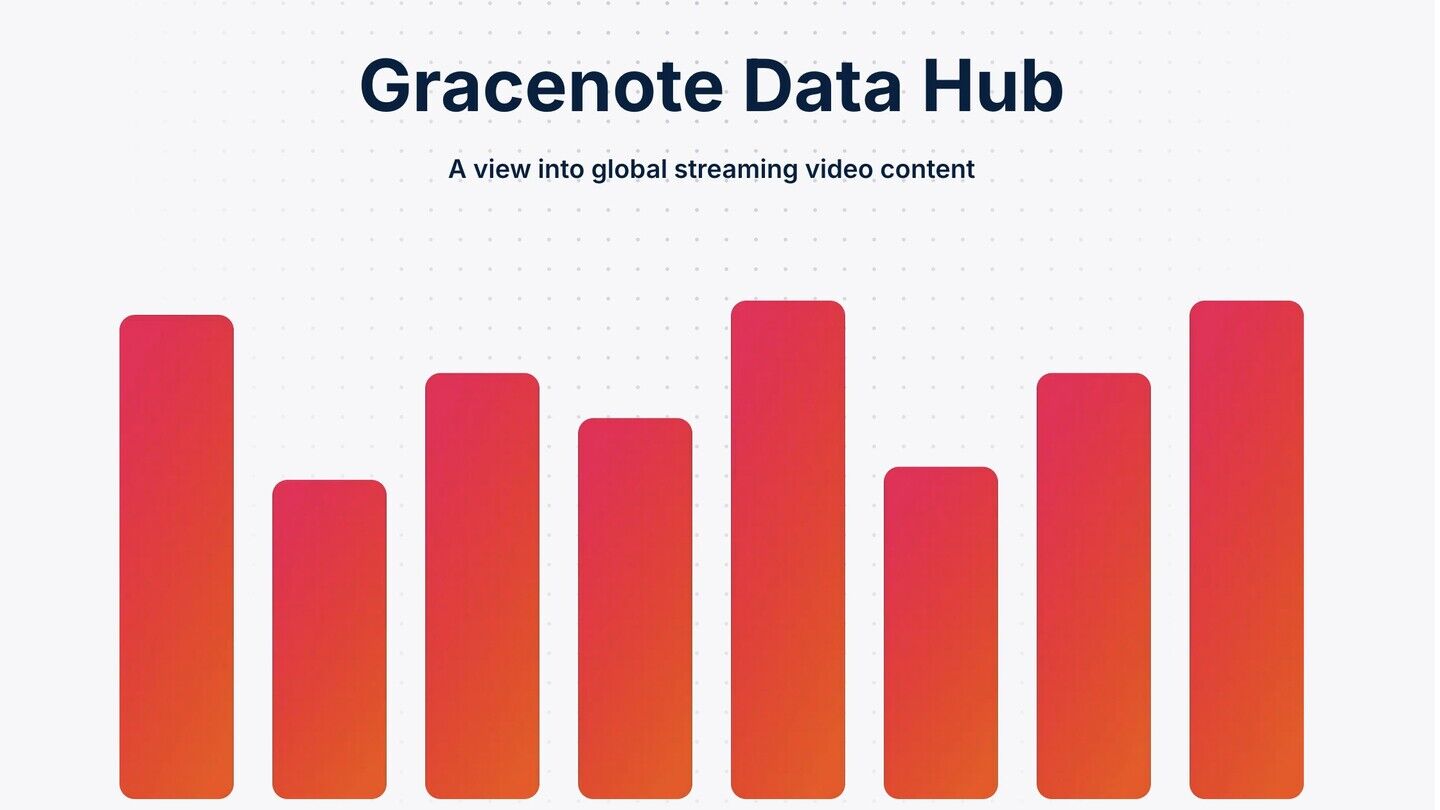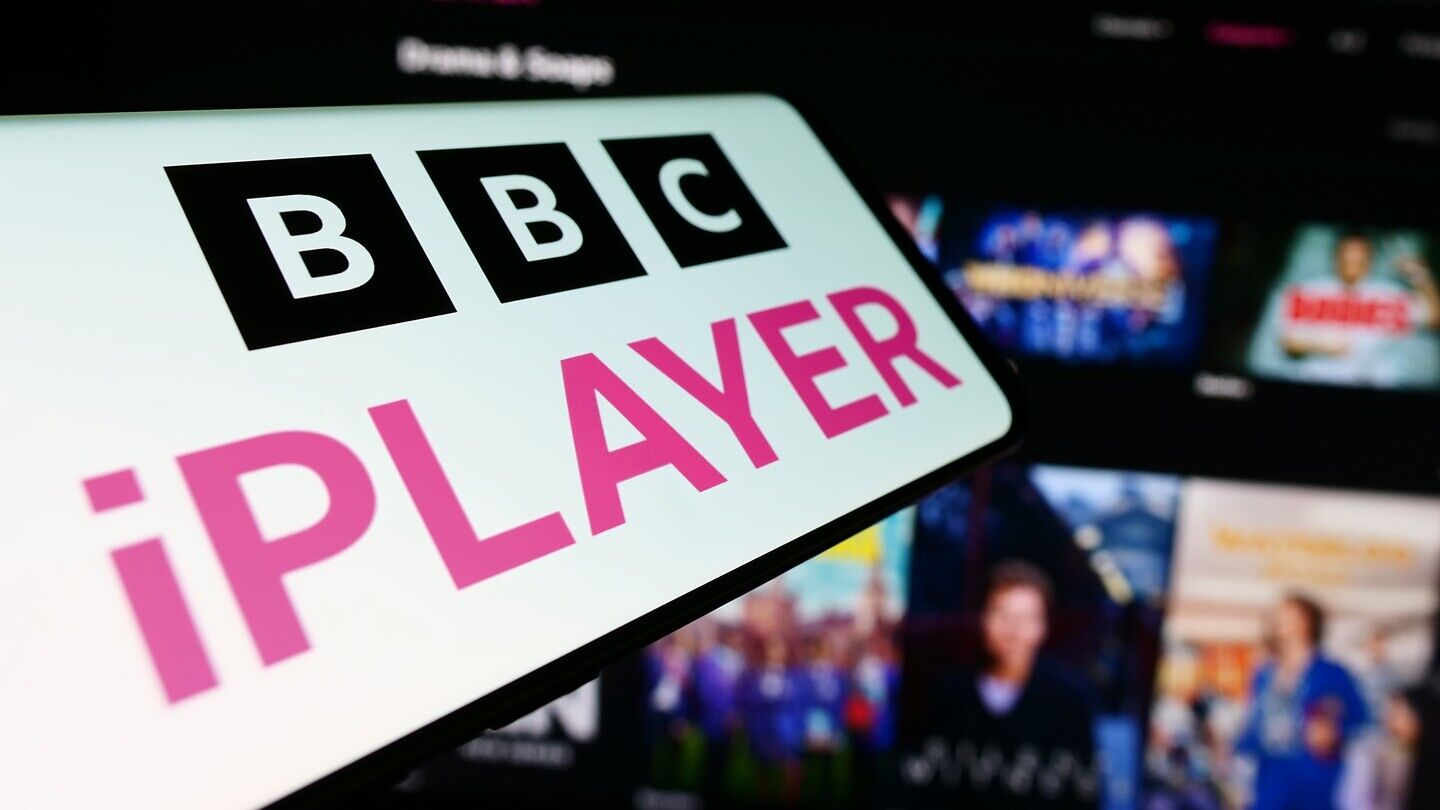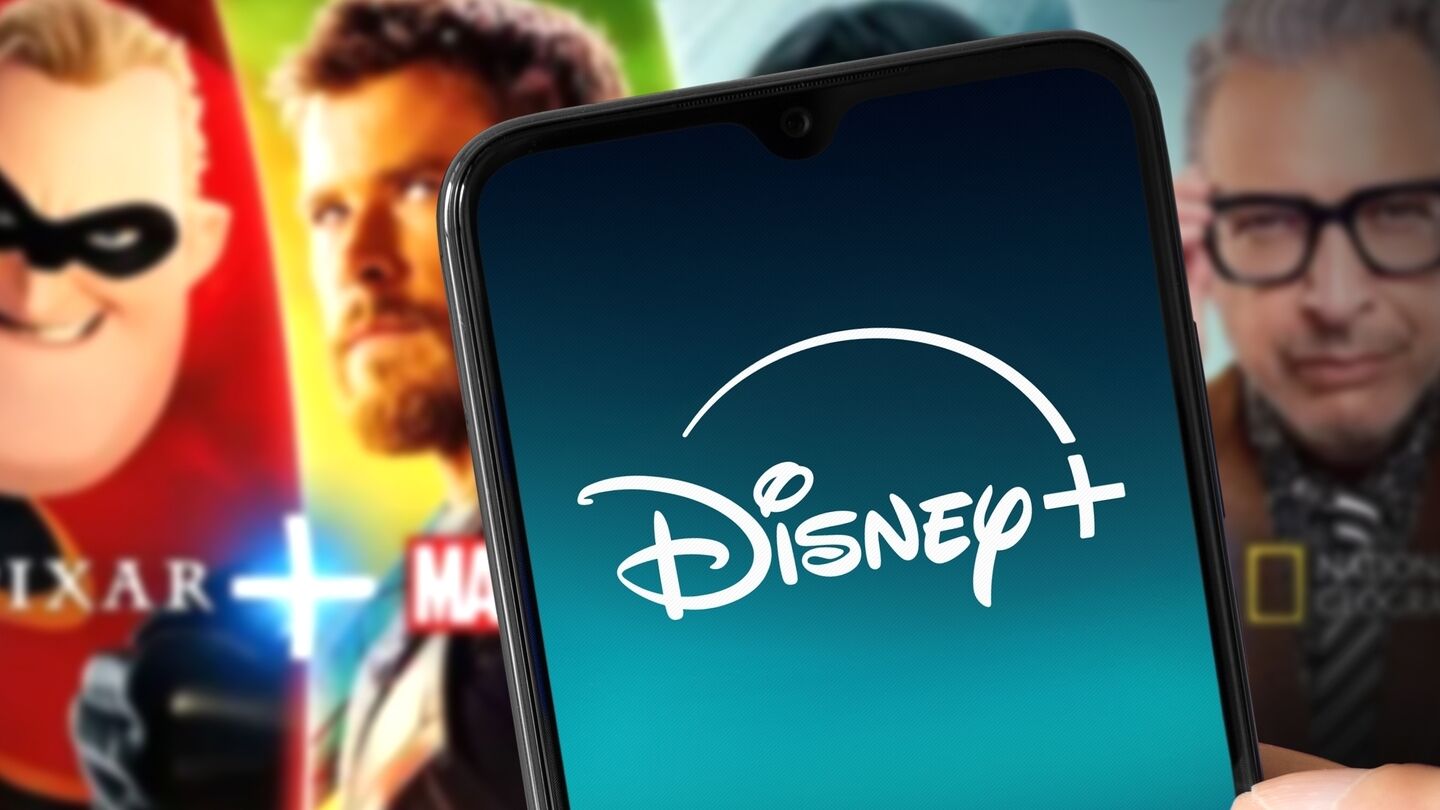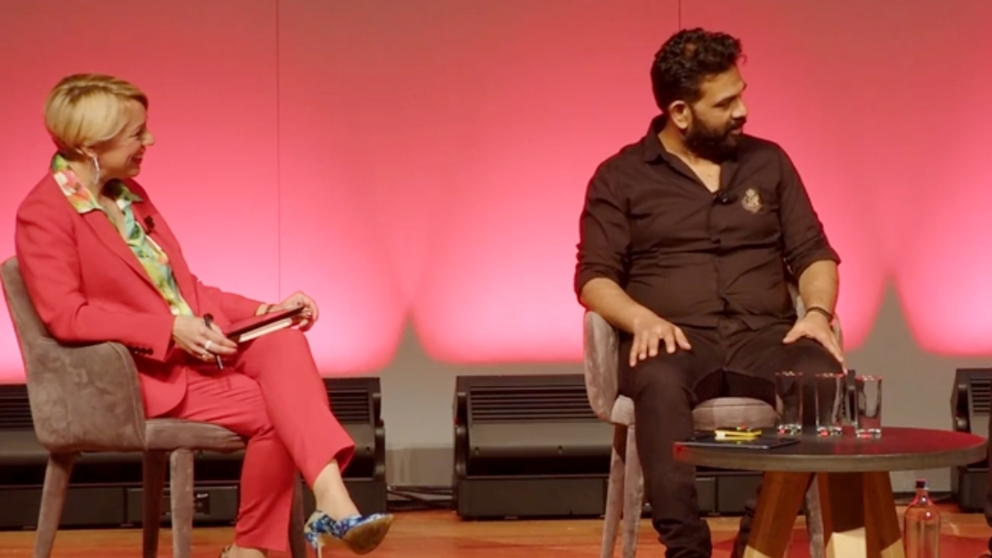The penultimate day of IBC2023 kicked off in fine style in the Premium Pass Holders Premium Sessions, with an interactive and informal session that aimed to tackle some of the big questions around the Future of TV Advertising
Hosted by a trio of Google experts, the presenters consisted of Inderpreet Sandhu, CTV and Platform Systems Expert, Google, Liz Ferguson, Broadcast Partnerships Lead, Google and Justin Gupta, Head of Broadcast and Entertainment, UK & Ireland, Google.
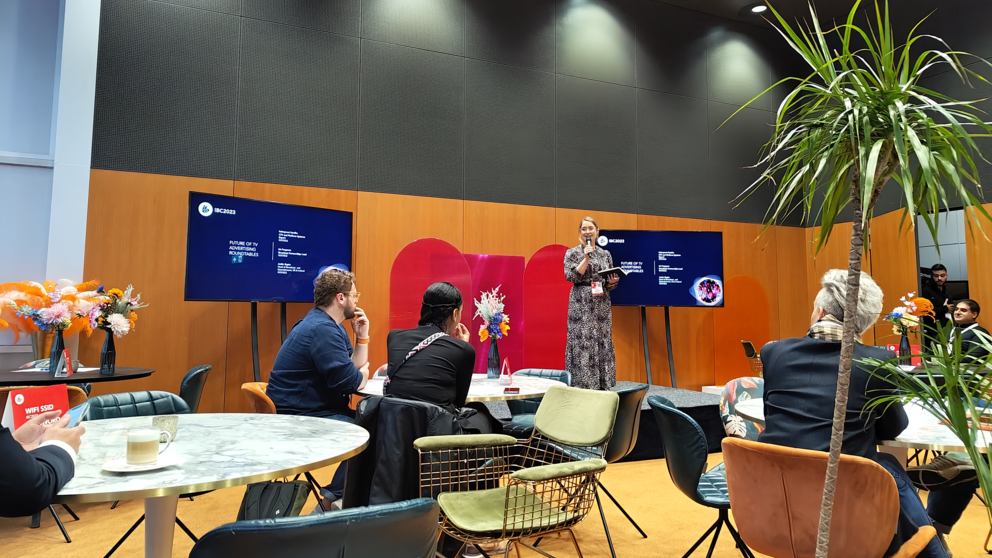
The session began with an audience ‘temperature check’ conducted by Liz Ferguson, where Premium Pass Holders were asked to vote for whether they agreed or disagreed with some statements - firstly, that ‘the solutions that can help monetize TV and streaming experiences at scale are better than linear’, secondly ‘we have standards or will have in less than 18 months - that will help unify digital and linear advertising’ and thirdly ‘there is more inventory available to monetize in TV than there are relevant advertisers at the right price’. With a mix of responses throughout the room, Inderpreet Sandhu took to the intimate stage.
Sandhu began by setting out the broad ecosystem, before drilling down into some of the market drivers. “I think everyone can agree that the CTV ecosystem is relatively in its infancy, but it’s been really characterised by a few key themes. One, it’s just a [marketplace of] really stringent competition that’s coming through so many options, so many players in this space. There’s a lot of fragmentation that’s actually in this market, but also there’s a lot of opportunities as well. A lot of opportunities for everyone involved, whether you’re an operator, broadcaster, and obviously a viewer or a marketer trying to reach an engaged audience.”
He then leaned into the ‘leanback’ experience: “The ‘Leanback at home’ experience is something that everybody really values. Everyone likes to talk about how TV is now on the go and it’s available everywhere. Yeah, that’s true. But everyone who has the privilege of having a smart TV or some sort of access at home, really values that relaxed experience of having content at their disposal, watching the most comfortable setting, which is usually on the couch, or in your bed, wherever it may be.
“As much as viewership on mobile is still growing - and it is still growing - when you think of the overall pie of viewership, the leanback experience is something that’s really been eye opening for a lot of people and it’s going to continue to grow.”
He proceeded to dig into SVOD ad revenue figures, pointing out that many services launched without ads as a strategy to grow viewer numbers, but that over time the balance between SVOD and AVOD is likely to change.
“My personal prediction is that the dynamic is going to start changing over the course of the next five years, where you’re going to see a lot more AVOD services and that’s where the growth of the revenue numbers of is really coming from, not from subscription fees, but from the advertising revenue that you get from engaged viewership.”
The audience then moved on to brainstorming the challenges and potential solutions to the big questions affecting the future of TV advertising. The format set out four core pillars – ‘technology as an enabler or inhibitor to growth’, ‘ensuring a TV like user experience at scale’, ‘protecting/measuring advertising that is usable and acceptable’, and ‘other factors’, each with sub-categories of questions for the delegates to tackle.
With a broad range of participants, from telcos to broadcasters, analysts to vendors, the resulting debate may not have entirely laid out the future of TV Advertising, but it certainly made a start to a story that is certain to be continued…
You are not signed in
Only registered users can comment on this article.

Nigel Warner to succeed John McVay as CEO of Pact
UK producers' body Pact has named Nigel Warner, UK Policy Consultant to the Motion Picture Association and Special Counsel at Lexington, as its next CEO.

UK film and TV industry backs clean power plan
The UK film and TV industry has agreed on a plan to permanently shift to clean solutions for temporary power on sets.

Sky’s Priya Dogra to become Chief Executive of Channel 4
Priya Dogra will become the next Chief Executive of Channel 4. Currently Chief Advertising, Group Data, and New Revenue Officer at Sky, Dogra will succeed interim Jonathan Allan in March 2026.

One Battle After Another, The White Lotus, and Adolescence lead Golden Globe nominees
One Battle After Another, The White Lotus, and Adolescence have emerged as the frontrunning films and TV shows for the 2026 Golden Globes.
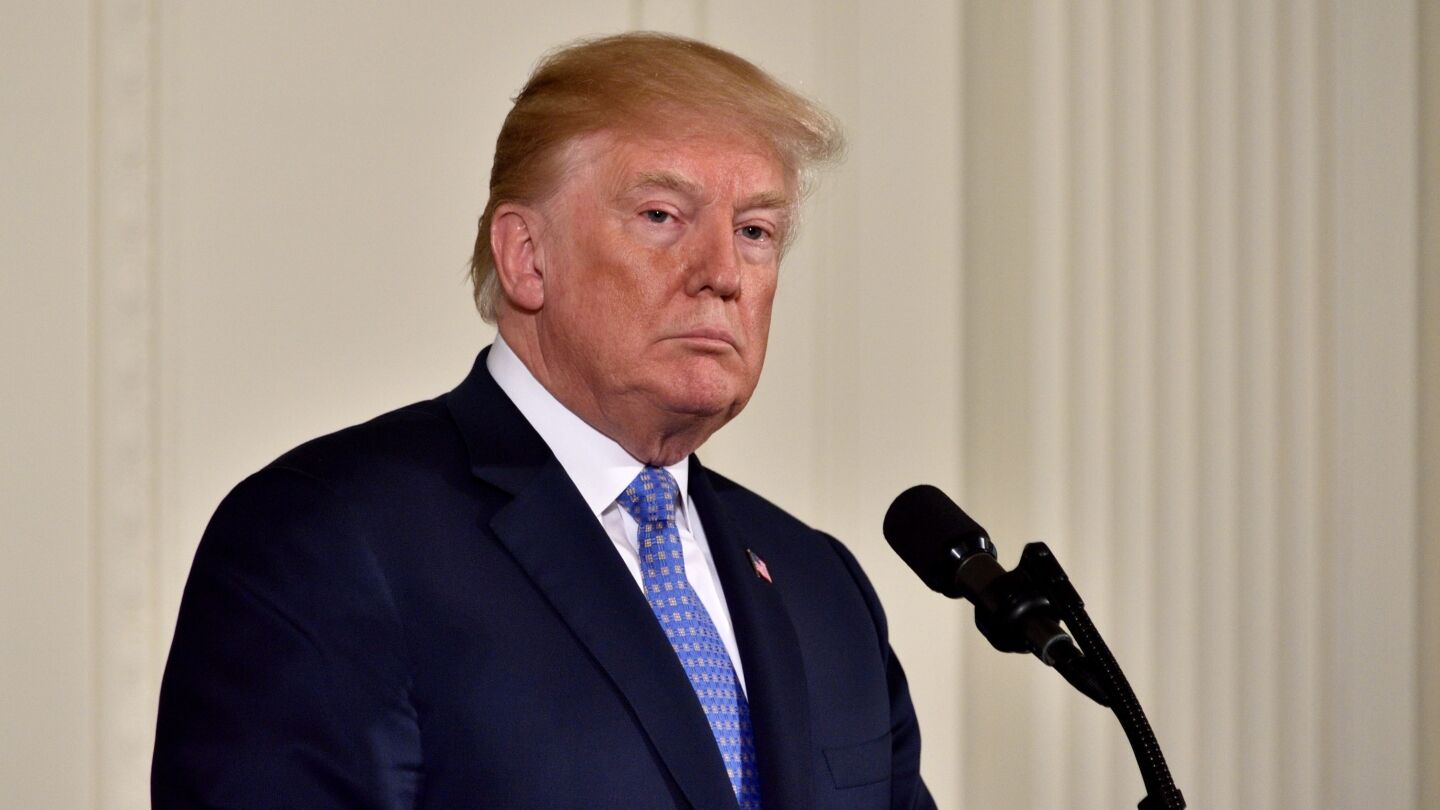
President Trump weighs in on Netflix deal to buy Warner Bros Discovery
US President Donald Trump has added his voice to concerns about Netflix's planned $83bn deal to buy Warner Bros Discovery.

